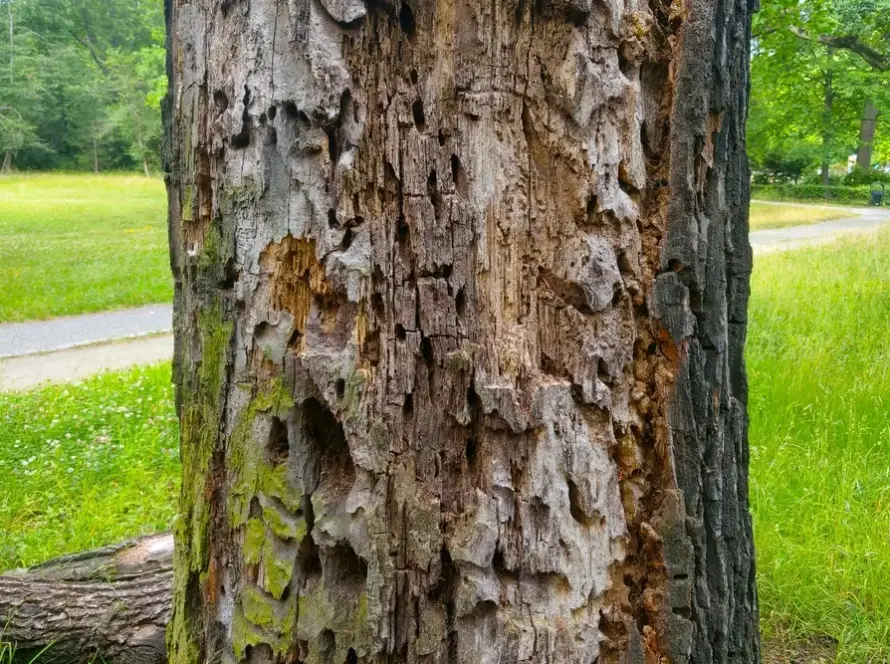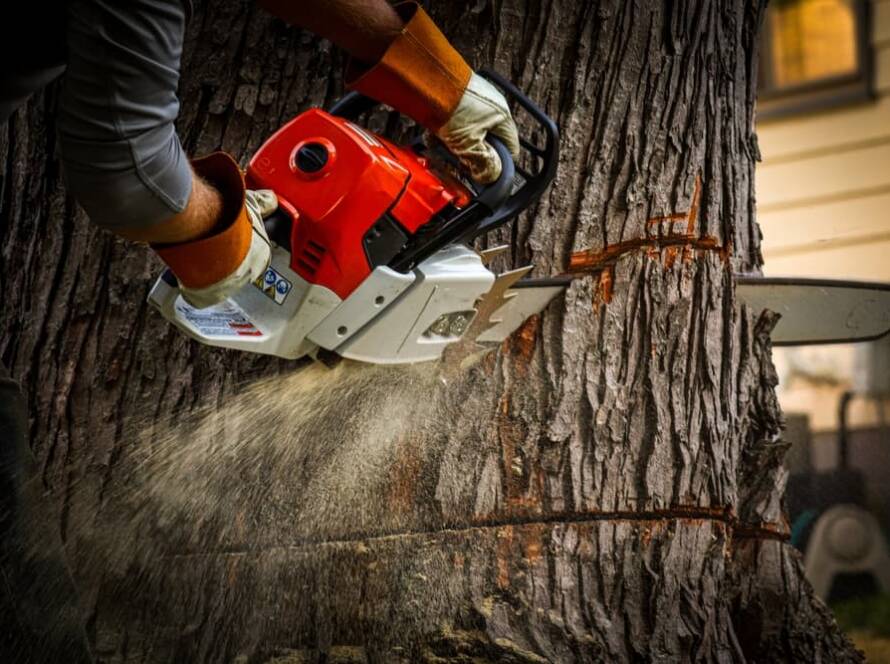Tree limb removal doesn’t always have to happen after a storm. In fact, the best way to deal with falling branches is to prevent them from falling in the first place. Whether you’re a homeowner, property manager, or business owner, understanding how to care for your trees can save you from costly repairs, serious injuries, and emergency calls.
The Importance of Proactive Tree Maintenance
Why Healthy Trees Are Safer Trees
A healthy tree is far less likely to shed dangerous limbs. When trees receive regular care—like proper watering, pruning, and inspections—they build stronger structures that can withstand harsh weather and weight stress. Maintaining tree health prevents structural weaknesses that often lead to broken tree branch removal later on.
Reducing Risks to Property and People
Weak limbs can fall without warning, damaging rooftops, breaking fences, smashing vehicles, or even injuring loved ones. Proactive maintenance lowers your risk dramatically. It ensures that loose, dead, or diseased limbs are taken care of before they become threats requiring emergency tree limb removal.
Investing in Long-Term Tree Health
Trees are valuable assets. When properly maintained, they increase property value, curb appeal, and provide energy-saving shade. Preventative tree care is a long-term investment in your safety, landscape, and finances.
Regular Inspections: Know Your Trees
Visual Checks: Look for Dead, Cracked, or Hanging Branches
Start by regularly walking around your property. Look up and check for deadwood, large hanging limbs, cracks in branches, or leaves that appear brown out of season. These are all signs that tree branch removal may be necessary.
Trunk & Bark: Inspect for Decay, Cavities, or Fungal Growth
The trunk can reveal hidden threats. Mushrooms growing from the base, deep cavities, peeling bark, or soft spots can indicate internal decay. These signs suggest the tree may be structurally compromised—and a falling limb might just be the beginning.
Lean & Growth: Note Any Sudden Leans or Uneven Growth Patterns
If a tree begins leaning or growing in one direction disproportionately, this can increase the chance of a limb snapping. Monitor how trees evolve over time, especially after storms or extended droughts.
Professional Assessment: Schedule Annual or Bi-Annual Arborist Inspections
Even if everything looks fine, you should still have a certified arborist inspect your trees once or twice a year. Professionals can catch problems early and recommend tree limb removal before a dangerous situation develops.
Proper Pruning Techniques
Remove Dead or Diseased Wood
Removing dead limbs eliminates weight stress and the risk of disease spreading. This kind of pruning should be done year-round, especially if the tree shows visible distress or branch dieback.
Thin the Canopy
Reducing branch density improves wind flow and decreases the chance of branches being torn off during storms. It also reduces the overall weight trees must support, especially after heavy rains or snow accumulation.
Structural Pruning
This technique is particularly important for young trees. By shaping the structure early, you help develop strong limb unions that won’t fail under pressure later. Trees with solid frameworks are less likely to require future emergency tree limb removal.
Avoid Topping
Never cut off the top of a tree or major branch leader. Topping creates weak regrowth points that are prone to failure and disease. Always choose thoughtful shaping over aggressive cuts.
Managing Tree Health
Adequate Watering
Trees under stress are more vulnerable to limb loss. Make sure your trees receive deep, infrequent watering during dry periods—especially in summer or during drought. Young or recently transplanted trees need special attention.
Proper Fertilization
A well-fed tree is more resilient. Apply balanced fertilizer in spring or fall to support root development and structural strength. Avoid over-fertilizing, which can lead to excessive, weak limb growth.
Pest & Disease Management
Insects and fungi weaken trees from the inside. Look for visible signs of infestation—like chewed leaves, webbing, sawdust, or oozing sap. Contact a professional if you suspect an issue that could threaten limb integrity.
Mulching
A proper layer of mulch protects roots, regulates soil temperature, and holds moisture. Be sure to avoid piling mulch against the trunk, which can lead to rot or pest infestation.
Addressing Environmental Factors
Storm Preparation
Before hurricane season, winter storms, or high wind events, prune trees to remove weak limbs and reduce crown density. Preventative care now can stop limbs from crashing through windows or across driveways later.
Clearance
Ensure that limbs are clear of power lines, rooftops, fences, and walkways. If branches are near power lines, never attempt removal yourself—always call a licensed professional or utility company.
Soil Compaction
Roots need oxygen. Avoid parking cars or placing heavy equipment over root zones. Compacted soil suffocates roots and destabilizes trees—making limb drops more likely.
When to Call a Certified Arborist
For Large Limb Removal or Trees Near Structures
Removing large limbs or cutting trees near buildings or utilities is dangerous work. Always trust trained arborists to perform these tasks safely and in compliance with local codes.
If You Suspect Disease, Decay, or Structural Weakness
If your tree has discolored leaves, odd bark patterns, or visible cracks, call an arborist immediately. Early intervention can save the tree—and your property.
After Severe Storms for Damage Assessment
Strong winds or ice can destabilize trees. Even if limbs haven’t fallen, they may be cracked or hanging loosely. A post-storm inspection can prevent surprises down the line.
For Complex Pruning or Tree Removal
Some pruning cuts are too technical or risky for DIY. Improper trimming can harm the tree or result in limb failures later. Certified arborists have the knowledge and tools to do it right.
Invest in Safety, Nurture Your Trees
Preventing falling limbs starts with simple awareness and consistent care. Trees offer beauty, shade, and value—but they also carry responsibilities. With the right strategy, you can reduce risk, protect your property, and enjoy your landscape for years to come.
From regular inspections and thoughtful pruning to storm prep and expert advice, prevention is the best cure when it comes to tree limb removal.




